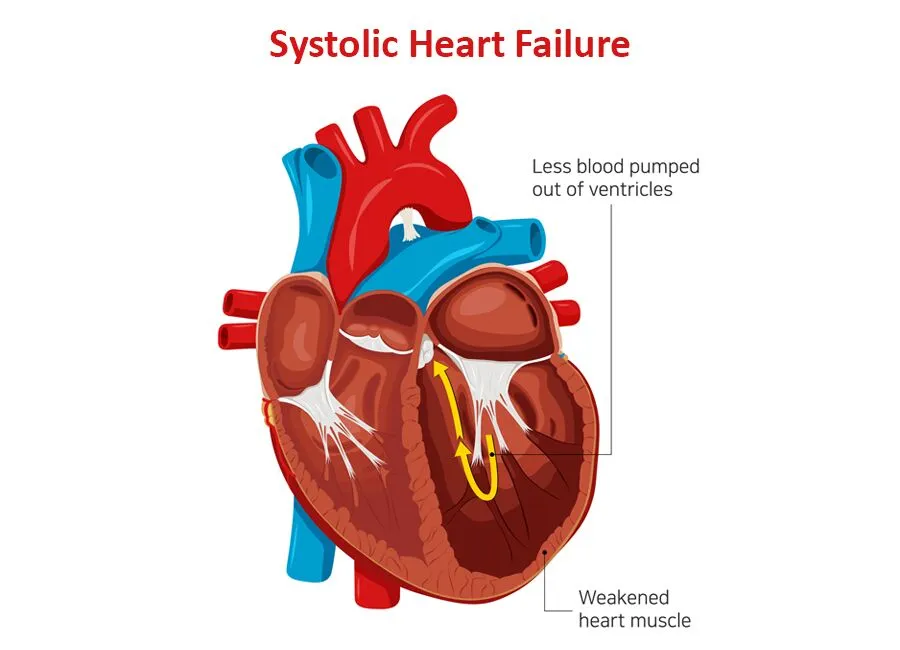
How Ati Diagnostic Template Help for Heart Failure, It is a serious medical condition that occurs when the heart cannot pump blood efficiently enough to meet the body’s needs. It can result from various underlying health issues, including coronary artery disease, hypertension, and diabetes. Early diagnosis and appropriate management are crucial for improving outcomes and quality of life for patients with heart failure.
What is Heart Failure
Heart failure is a multifactorial clinical condition marked by the heart’s incapacity to adequately pump blood. This can lead to shortness of breath, fatigue, and fluid retention. It is a progressive condition that requires ongoing medical management to prevent complications and improve patient outcomes. Early diagnosis is key to initiating timely interventions and preventing disease progression.
What is an ATI Diagnostic Template?
An ATI diagnostic template is a standardized tool that is used by healthcare professionals to systematically assess and document patients with specific medical conditions, such as heart failure. It serves as a guide for conducting comprehensive evaluations and ensures that all relevant information is collected during the diagnostic process.
Importance of Using ATI Diagnostic Template for Heart Failure
Using an ATI diagnostic template for heart failure offers several advantages. Firstly, it ensures that healthcare providers conduct a thorough assessment, including evaluating symptoms, conducting diagnostic tests, and assessing risk factors. This comprehensive approach helps to identify the underlying cause of heart failure and guide appropriate treatment decisions.
How to Utilize an ATI Diagnostic Template for Heart Failure
Healthcare professionals can utilize an ATI diagnostic template for heart failure by following a step-by-step approach. This includes gathering relevant patient information, performing a physical examination, ordering diagnostic tests such as echocardiography and blood tests, and documenting findings in the template. Additionally, the template may include prompts for assessing patient risk factors and comorbidities, which can help guide treatment planning.
Benefits of Using an ATI Diagnostic Template
The use of an ATI diagnostic template for heart failure offers several benefits. It ensures consistency and standardization in the diagnostic process, which can help improve accuracy and reduce errors. By providing a structured framework for assessment and documentation, it also enhances communication among healthcare providers and facilitates continuity of care for patients.

Case Studies: Real-Life Examples of ATI Diagnostic Template Implementation
Several healthcare institutions have successfully implemented ATI diagnostic templates for heart failure, resulting in improved patient outcomes. For example, a hospital in New York saw a significant reduction in readmission rates for heart failure patients after implementing a standardized diagnostic template. By systematically assessing patients and identifying high-risk individuals, they were able to intervene early and prevent complications.
Overcoming Challenges in Utilizing ATI Diagnostic Templates
While ATI diagnostic templates offer many benefits, healthcare providers may encounter challenges in their implementation. Common obstacles include resistance to change, lack of training, and difficulties integrating the template into existing workflows. To overcome these challenges, organizations should provide adequate support and resources, including training programs and technical assistance.
Future Trends in Heart Failure Diagnosis with ATI Diagnostic Templates
The future of heart failure diagnosis is likely to be shaped by technological advancements and innovations in healthcare delivery. ATI diagnostic templates may become increasingly integrated with electronic health records (EHRs), allowing for seamless documentation and information sharing across healthcare settings. Additionally, artificial intelligence and machine learning algorithms may be used to analyze data collected through the templates, leading to more personalized and precise diagnostic approaches.
Conclusion
In conclusion, ATI diagnostic templates offer a valuable tool for healthcare providers in the diagnosis and management of heart failure. By facilitating comprehensive assessments and documentation, they help improve accuracy, efficiency, and quality of care. Moving forward, continued efforts to overcome challenges and harness emerging technologies will further enhance the utility of these templates in improving patient outcomes.
Frequently Asked Questions
What is an ATI diagnostic template?
An ATI diagnostic template is a standardized tool used by healthcare professionals to systematically assess and document patients with specific medical conditions, such as heart failure.
How does using an ATI diagnostic template benefit healthcare providers?
Using an ATI diagnostic template ensures consistency and standardization in the diagnostic process, improves accuracy, and enhances communication among healthcare providers.
Can an ATI diagnostic template be customized for specific patient populations?
Yes, ATI diagnostic templates can be customized to accommodate the unique needs of different patient populations, allowing for tailored assessments and treatment planning.
